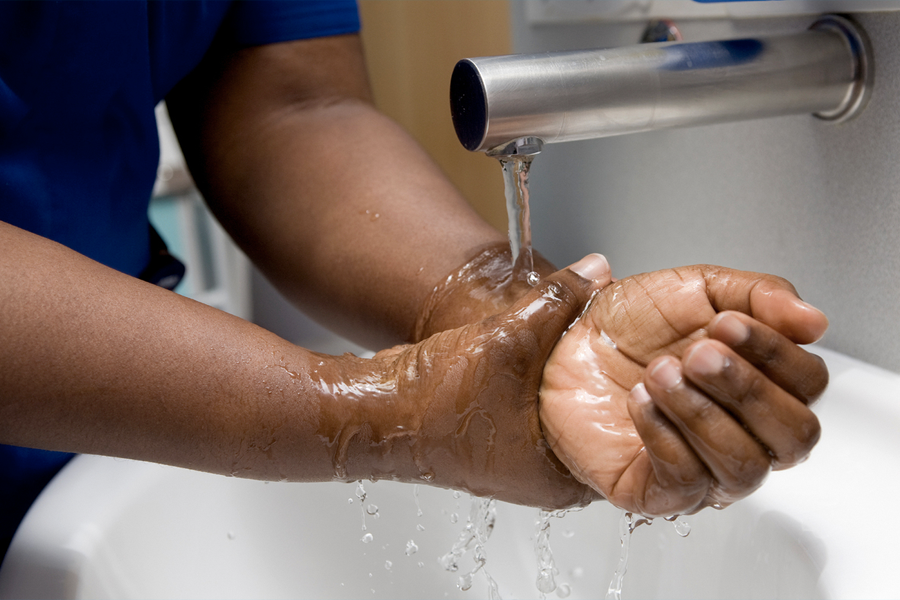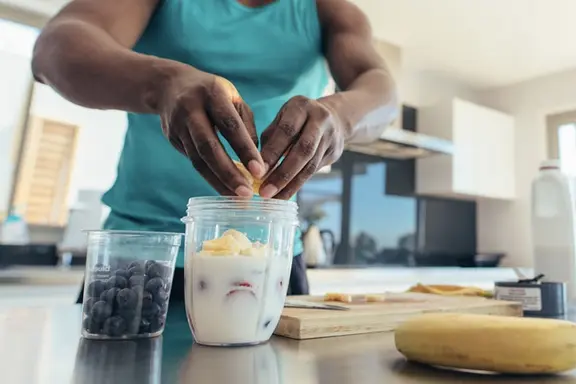Editor’s Note: This article was originally published on 26 March 2020. Please note that the content, including assessments of COVID-19 risk levels associated with various activities, reflects the understanding and public health guidelines available at the time. Given the evolving nature of the pandemic, some information might be outdated. We recommend consulting the latest health advisories and guidelines for current information.
The COVID-19 pandemic has reported almost 768 million cases worldwide, causing 6.86 million deaths and leading to widespread economic and social disruption. At the height of the pandemic, much of the world was in ‘lockdown’ and hospitals were being compared to war zones. But despite all the media attention the pandemic is receiving, some people are still facing the illness with confusion and misinformation. We chatted to Dr Natalie Purcell to get the latest info on COVID-19 and how it might affect you.
You can view the Australian Government Department of Health’s official guidance here:
- Coronavirus (COVID-19) – What You Need to Know
- Coronavirus (COVID-19) – Isolation Guidance
- Further resources here

How is COVID-19 Spread?
The COVID-19 pandemic orginated in Wuhan, Hubei Provence, China in late 2019, and while the exact origin of the virus still hasn’t been fully determined, it is thought to have originally come from bats. In humans, COVID-19 is highly contagious, with each person with the virus infecting approximately two to three others, resulting in an exponential spread in society. It is spread primarily through droplets of saliva or discharge from the nose or mouth when an infected person coughs or sneezes, but can also be spread by fomites, which is really just a fancy name for a contaminated object. Recent studies have shown COVID-19 can survive on copper surfaces for 4 hours, cardboard for 24 and up to 72 hours on stainless steel and plastic.
What are the Symptoms of COVID-19?
With COVID-19 spreading far and wide, people are understandably worried about what every little cough or scratchy throat could mean. In most people, COVID-19 will lead to only mild symptoms, and some can even be infected with no symptoms at all. However, in about 20 per cent of cases, COVID-19 infection can lead to a severe illness or death. While the elderly and those with pre-existing medical problems are at most at risk from COVID-19, there are most definitely young healthy people requiring intensive care admission or dying from this virus, so it’s something we all need to take seriously.
The most common symptoms of COVID-19 are fever, dry cough and generalized fatigue. People infected with COVID-19 have also reported a particularly sore throat and headache, as well as a loss of smell and taste. Less common symptoms include shortness of breath, chest tightness, aches and pains, diarrhoea or nausea. Runny nose is not a common feature of COVID-19.
What Should I Do if I Think I Have Coronavirus?
If you have mild symptoms and think you may have COVID-19, the best thing you can do is stay at home and away from others. Keep well hydrated and take paracetamol or acetaminophen to help with fever and pain. You should stay at home in isolation until you are symptom-free with no cough for at least 48 hours.
If you have a more severe illness, such as a fever that just won’t go down, shortness of breath, chest pain or just feel generally really unwell, then its time to seek medical advice. Please call ahead to your local general practitioner or community doctor before attending to ensure they have appropriate facilities and protective equipment to safely see you. Alternatively, you can present to your local emergency department, or call an ambulance. Make sure you put on a mask or cover your mouth and nose before coming into contact with healthcare workers.

How Can I Prevent Myself From Catching Coronavirus?
There are simple measures everyone can do to minimize their risk of catching or spreading COVID-19.
- Wash your hands regularly with soap and water, or alcohol-based hand rub. With COVID-19 living for up to three days on some surfaces, washing your hands after touching just about anything has never been more important
- Social Distancing. This is quickly becoming the most used phrase of 2020, and with good reason – it is the most effective way we can #flattenthecurve and slow the spread of COVID-19. Stay at least 1.5m away from others at all times and stay home unless it is absolutely necessary for you to go out
- Stay away from the elderly and those with medical conditions. Phone or facetime them instead.
- Avoid touching your face
- Stay away from others if you feel unwell and cover your mouth and nose when coughing or sneezing
There is no evidence that most masks will prevent people from catching COVID-19. However, masks can have some benefits to prevent you from touching your face, and they should be worn by anyone with symptoms to minimize the risk of transmission of infection.
Dr Natalie Purcell is a Sydney Based Anaesthetist.
You can view the Australian Government Department of Health’s official guidance here:










